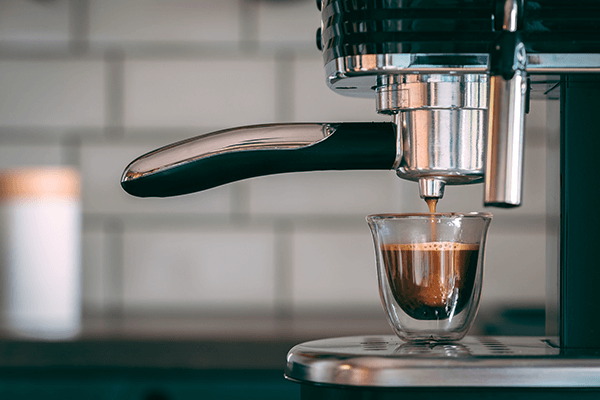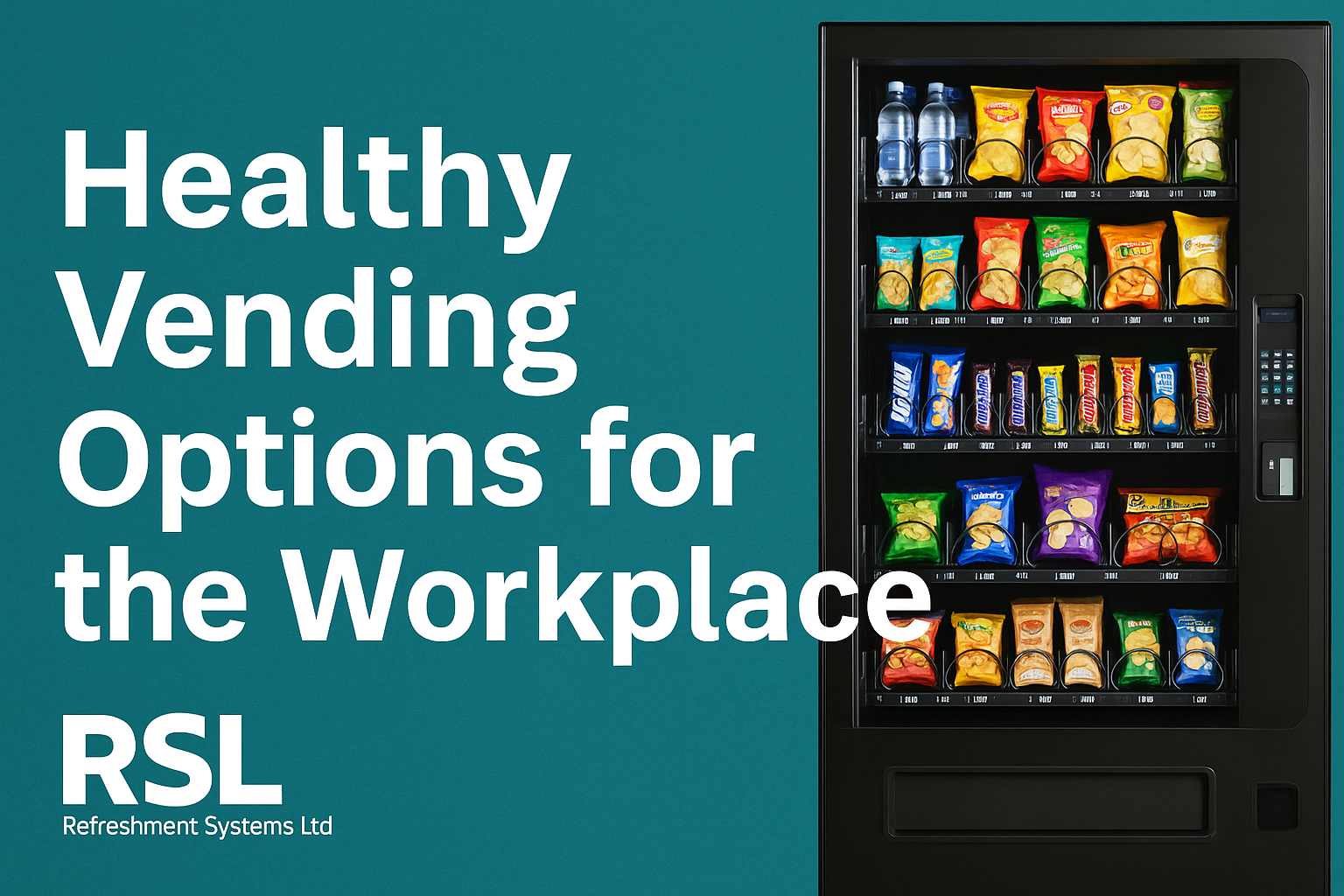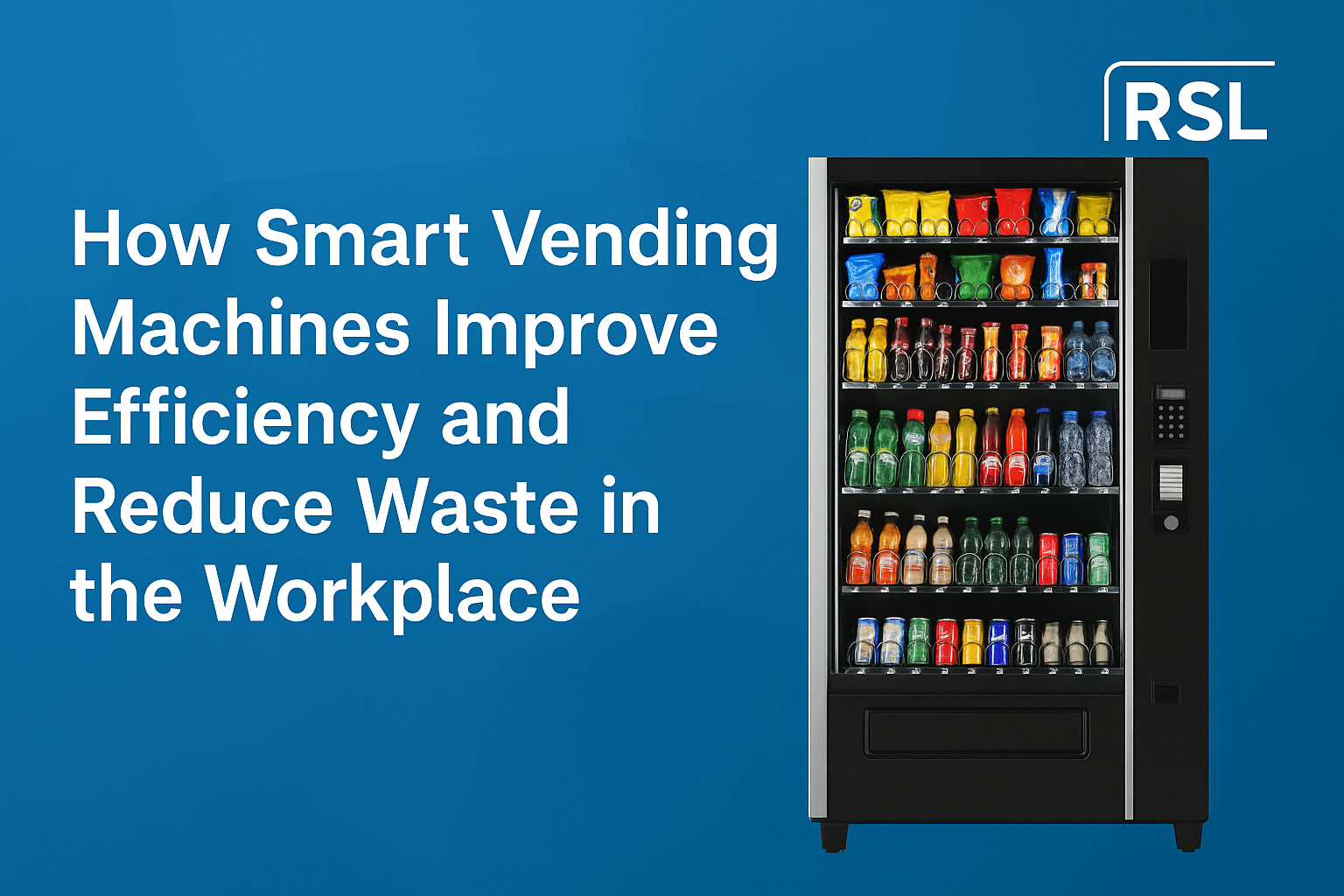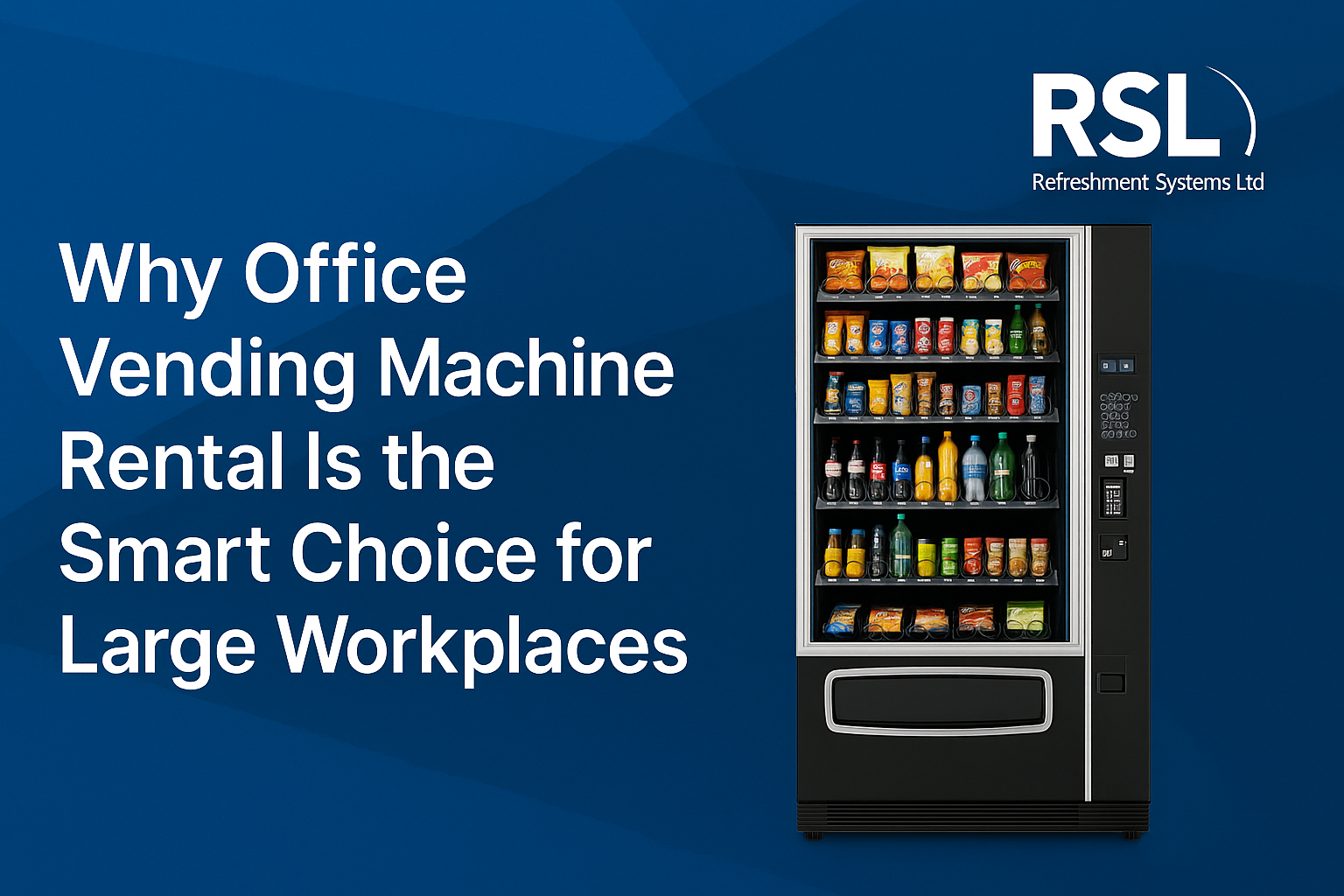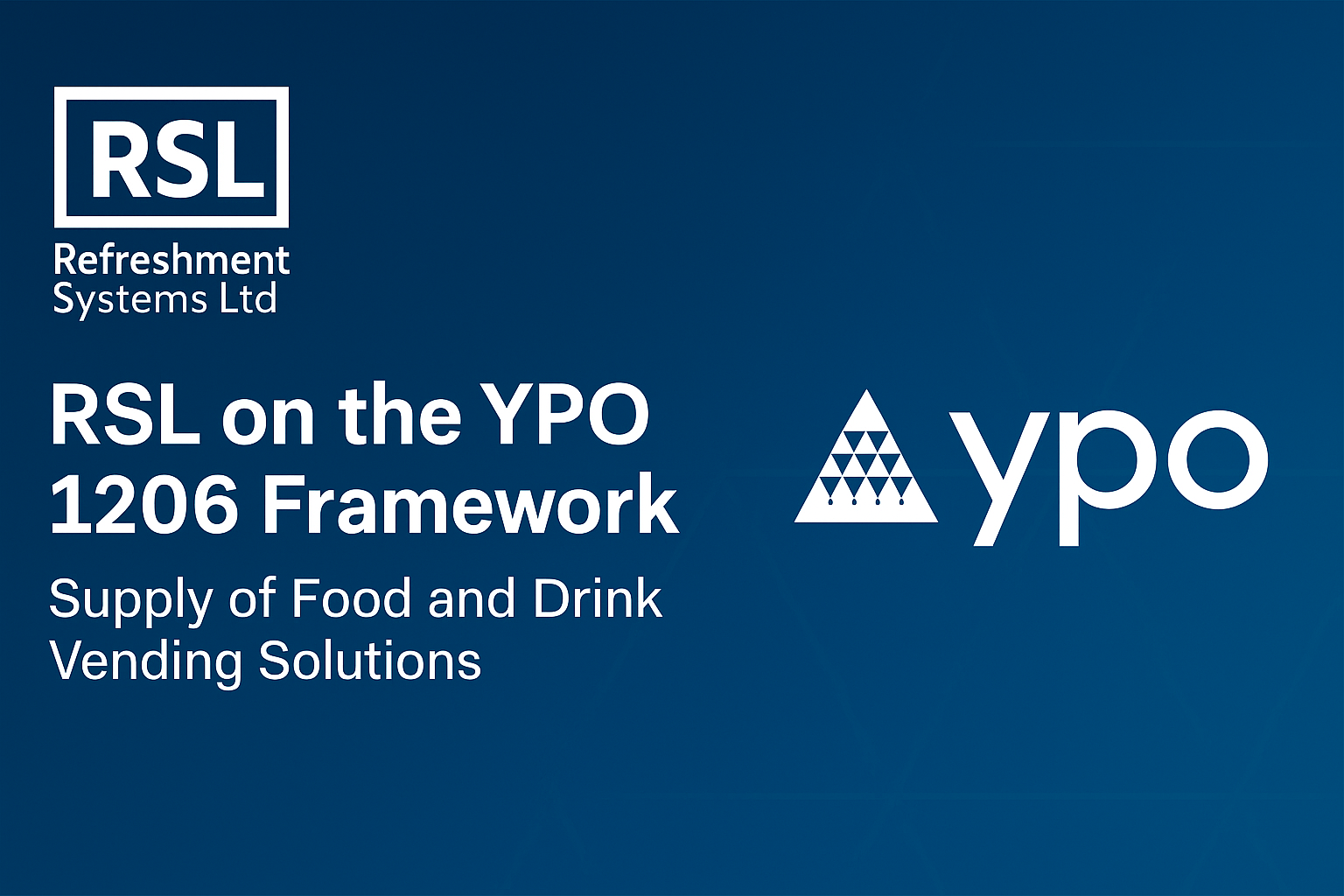On mornings when you can barely pop open your eyes, you can know that your morning joe will be waiting for you. But could your right-hand appliance be making you a better cuppa? It seems the answer is yes. This is how you may be using your coffee machine the wrong way.
You’re using a sub-par grinder
Coffee grinders come in two styles: burr and blade. Blade grinders work like mini food processors: its blade whacks the beans over and over until they’re chopped finely. Usually, the user has to time the grind, shake the grinder periodically to distribute the beans, and visually inspect the coffee to see if it’s reached the desired consistency. Burr grinders, by contrast, do all of the work for you and have less chance of user error. A burr grinder is like a pepper mill; it has two sets of gear-like pieces called burrs that spin against each other to grind the coffee. You put whole beans in the top, select your desired grind size, turn the machine on, and perfectly ground beans come out the bottom. If your goal is a consistent cup of coffee, you want a burr grinder.
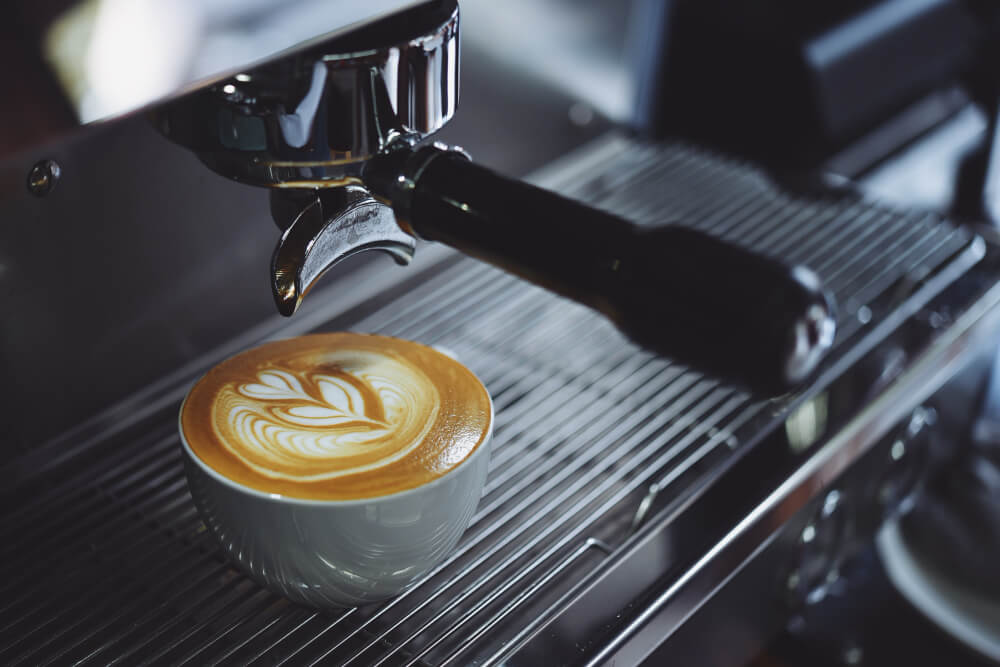
You don’t clean your machine well
The pot isn’t usually the culprit if your coffee is tasting funky. That’s because your tap water is filled with minerals – calcium, magnesium, limestone – and over time, they can build up in the inner workings of your coffee machine. They not only make your coffee taste off, but they can also ruin your machine.
You leave wet grounds in the machine for too long
As soon as your pot has finished brewing, lift the lid, then toss or rinse the filter and spent grounds. Always clean out the wet coffee grinds as soon as you’re done brewing.
You aren’t weighing your beans (or grounds)
Good coffee is all about using the right proportion of coffee to water. Try a ratio between 1:15 and 1:17 – that’s one part coffee to 15 to 17 parts water – depending on your preference for a stronger or weaker coffee. If you weigh your coffee and water in grams, it makes the ratio measurements easy.
You use old beans
Like any baked good or bottle of wine, coffee beans turn stale and lose flavour if they sit in your pantry or bread box for too long. Use freshly-roasted coffee within two weeks of its roast date.
You use distilled water to avoid scale
Yes, distilled water could help prevent scale in your coffee machine, but your coffee flavour will suffer. Coffee needs some dissolved solids, like minerals, to extract properly. Coffee made with distilled water will not taste very good. High-end coffee shops filter everything out of their water and then put the perfect mix of minerals back in.
You use the wrong grind size for your brew method
There’s a size and a grind for every type of brew you’re making and using the wrong one could produce a less-than-thrilling cuppa. If you brew in a French press or cold brewer, you need coarse-ground coffee. If you’re making espresso, you want a very fine grind. For a drip coffee maker, your grind should be somewhere between those two methods. The wrong size can clog up your machine, make a mess, and give you a wacky-tasting cup of coffee.
You leave beans on the counter
The temperature of your beans is important, even before you put them in the pot. If you live somewhere really hot or keep your coffee beans on the counter in sunlight, you’re starting the process of brewing before you even grind the beans. All that heat brings the flavorful oils to the surface where they oxidize and eventually dissipate. You can, however, safely store beans in the freezer in an airtight container.
If you want to hear more about our product and services, contact Refreshment Systems at 0800 169 3686
Or via our contact form.
Check out our social pages for more news and offers that the vending world and RSL are offering.
Our Facebook Page: @refreshmentsystemsltd
Our LinkedIn Page: Refreshment Systems Ltd
Our Twitter: @RefreshmentSys
